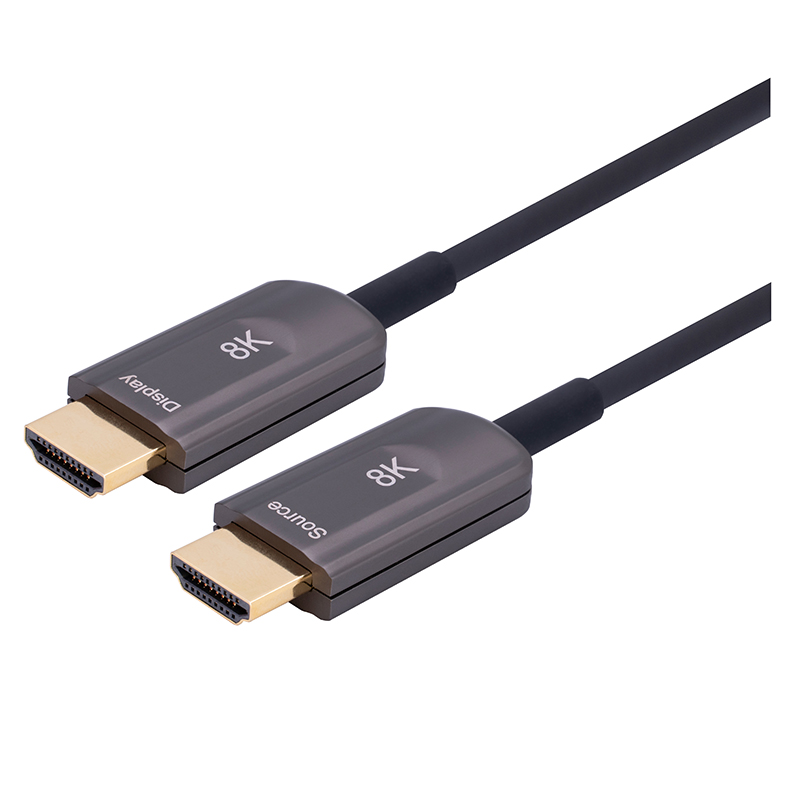With its first-mover advantage, HDMI occupies an absolute advantage in consumer-grade equipment, while DisplayPort relies on its technological advantages to conquer some areas of computer and professional design. The two major video interface standards, HDMI and DisplayPort, continue to improve bandwidth and transmission rate. It is foreseeable that the situation of two giants will continue for a long time in the future, bringing a better high-definition video experience to consumers.
So what are the similarities and differences between HDMI and DisplayPort? See below for a comparison of HDMI and DisplayPort.

【1】Content protection.
All HDMI versions use high-bandwidth digital content protection technology (ie HDCP: High-bandwidth Digital Content Protection) to encrypt link data and provide content protection. DisplayPort uses the content copy protection protocol AES technology to provide a key length of up to 2048 bits, and the protection technology is more reliable than HDMI.
【2】The bandwidth performance.
The HDMI 2.1 standard bandwidth reaches 48Gbps, supporting a single 8K (7680×4320) display 8K@60Hz/4:2:0/12bit HDR. The DisplayPort 2.0 bandwidth reaches 80Gbps, which can support 16K@60 Hz video output.

【3】Data control/auxiliary channel.
The HDMI version has a low-speed control channel for Consumer Electronics Control (CEC). The CEC channel is used to transmit commands such as play, stop, fast forward, etc. between devices. Version 1.4 of HDMI adds a differential pair for the audio return channel and the Ethernet channel.
DisplayPort uses the auxiliary channel (AUX) as a two-way communication bus between devices and has much more bandwidth than CEC. The bandwidth of this channel was 1Mbps in DisplayPort versions 1.0 and 1.1, and it was increased to 720Mbps in version 1.2, allowing it to support USB and Ethernet. The auxiliary channel can be directly used as a transmission channel for low-bandwidth data such as voice and video, and can also be used for game control without delay.
【4】Popularity.
HDMI interface is more popular than DisplayPort interface on electronic devices in daily life. HDMI interface is commonly used in TVs, projectors, and set-top boxes; while DisplayPort interface is widely used in the field of PC and high-end monitors.
According to the above introduction, I believe that you will have more and deeper understanding of the two interfaces.
Shenzhen Euroway Technology Co., Ltd. is a company specializing in the production and development of high-end optical fiber HDMI Cable. Currently, it uses HDMI2.1 and DP2.0 series cables, covering lengths from 1 meter to 100 meters; it can meet different application scenarios of different customers, Such as medical, military, game peripherals, AV audio-visual, etc., support OEM customization.
If you want to know more information about HDMI and DP, please contact info@smartavlink.com or visit www.smartavlink.com
